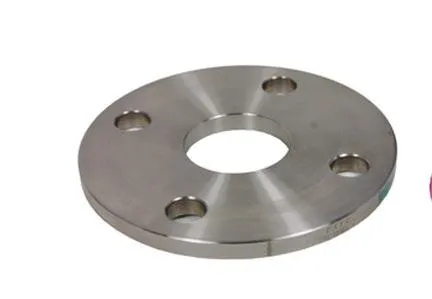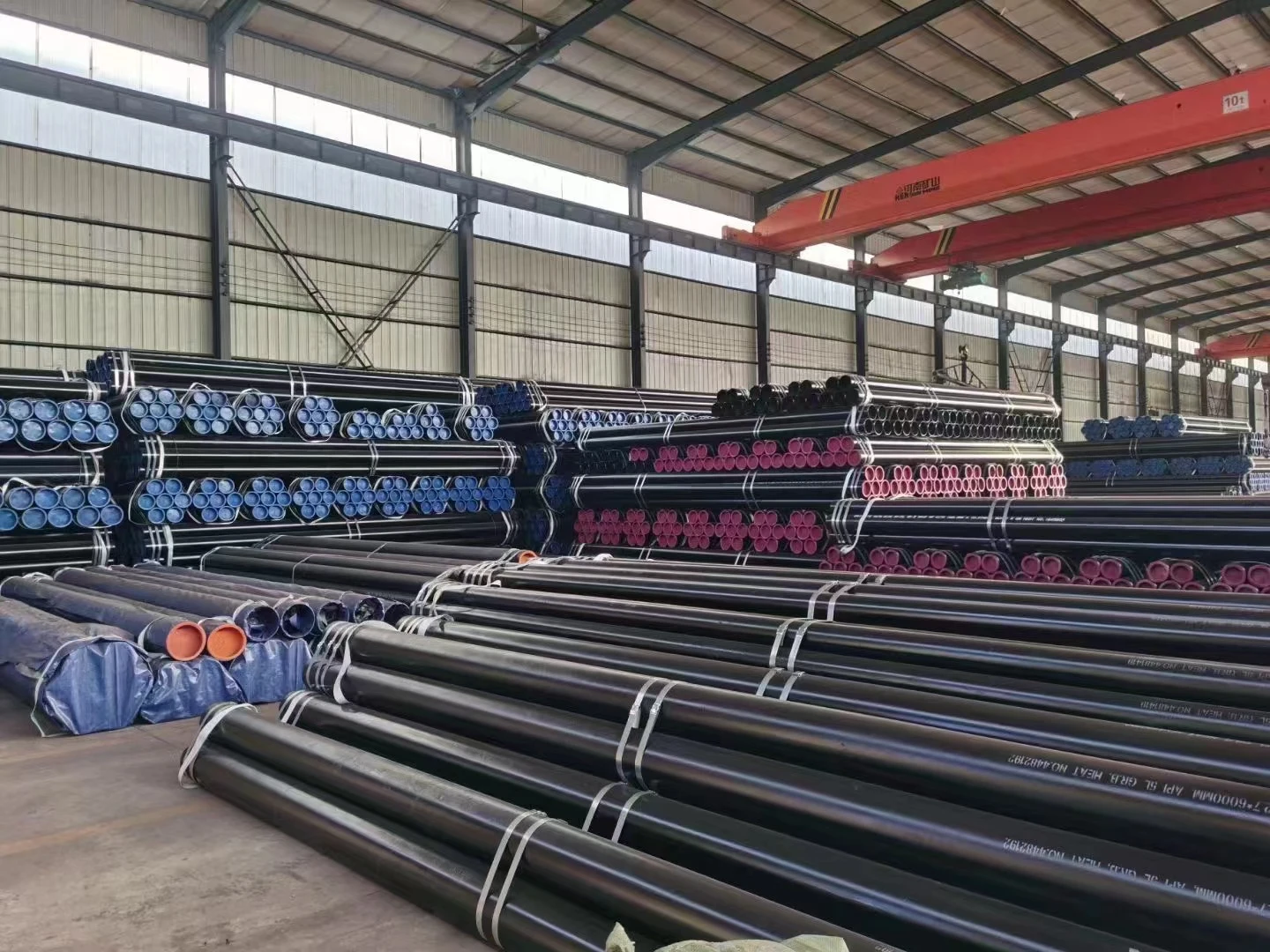-
Cangzhou Yulong Steel Co., Ltd.
-
Phone:
+86 13303177267 -
Email:
admin@ylsteelfittings.com
- English
- Arabic
- Italian
- Spanish
- Portuguese
- German
- kazakh
- Persian
- Greek
- French
- Russian
- Polish
- Thai
- Indonesian
- Vietnamese
- Zulu
- Korean
- Uzbek
- Hindi
- Serbian
- Malay
- Ukrainian
- Gujarati
- Haitian Creole
- hausa
- hawaiian
- Hebrew
- Miao
- Hungarian
- Icelandic
- igbo
- irish
- Japanese
- Javanese
- Kannada
- Khmer
- Rwandese
- Afrikaans
- Albanian
- Amharic
- Armenian
- Azerbaijani
- Basque
- Belarusian
- Bengali
- Bosnian
- Bulgarian
- Catalan
- Cebuano
- China
- China (Taiwan)
- Corsican
- Croatian
- Czech
- Danish
- Esperanto
- Estonian
- Finnish
- Frisian
- Galician
- Georgian
- Kurdish
- Kyrgyz
- Lao
- Latin
- Latvian
- Lithuanian
- Luxembourgish
- Macedonian
- Malgashi
- Malayalam
- Maltese
- Maori
- Marathi
- Mongolian
- Myanmar
- Nepali
- Norwegian
- Norwegian
- Occitan
- Pashto
- Dutch
- Punjabi
- Romanian
- Samoan
- Scottish Gaelic
- Sesotho
- Shona
- Sindhi
- Sinhala
- Slovak
- Slovenian
- Somali
- Sundanese
- Swahili
- Swedish
- Tagalog
- Tajik
- Tamil
- Tatar
- Telugu
- Turkish
- Turkmen
- Urdu
- Uighur
- Welsh
- Bantu
- Yiddish
- Yoruba

Feb . 19, 2025 09:52 Back to list
TYPE05 /05B BLIND FLANGE
EN 1092-1 flanges are crucial components in various industries, including petrochemical, oil and gas, and water treatment. These standardized flanges are essential in ensuring the integrity and efficiency of pipeline systems, providing secure connections between pipes, valves, and other equipment. A deep dive into their application and benefits reveals why these flanges are the go-to choice for professionals worldwide.
From an engineering perspective, the precision in the manufacture of EN 1092-1 flanges contributes to their reliability. The stringent quality control processes in place during production guarantee that every flange meets the necessary tolerances and specifications. This uniformity in production not only enhances safety but also facilitates easier installation and maintenance, thanks to the exceptional consistency and compatibility with existing pipeline systems. Furthermore, adopting these standardized flanges can lead to significant cost savings over time. Their durability reduces the frequency of replacements and repairs, lowering maintenance costs. Additionally, their widespread availability means that sourcing replacements and complementary parts can be done quickly, further reducing operational downtimes. For professionals seeking certification and assurance in their pipeline systems, EN 1092-1 flanges offer a mark of quality and reliability. As industries continue to evolve and demand higher safety standards, compliance with such recognized standards becomes increasingly crucial. This adherence not only aids in ensuring operational safety and efficiency but also in meeting regulatory requirements, thus protecting companies from potential legal and financial repercussions. In conclusion, EN 1092-1 flanges are more than just components; they are pivotal in maintaining the safety, efficiency, and reliability of industrial operations. Their robust design, adaptability to various conditions, and stringent manufacturing standards make them indispensable in today's high-demand environments. With a strong focus on quality control and continuous improvement, these flanges remain an authoritative choice for industry experts committed to excellence and reliability in their operations.


From an engineering perspective, the precision in the manufacture of EN 1092-1 flanges contributes to their reliability. The stringent quality control processes in place during production guarantee that every flange meets the necessary tolerances and specifications. This uniformity in production not only enhances safety but also facilitates easier installation and maintenance, thanks to the exceptional consistency and compatibility with existing pipeline systems. Furthermore, adopting these standardized flanges can lead to significant cost savings over time. Their durability reduces the frequency of replacements and repairs, lowering maintenance costs. Additionally, their widespread availability means that sourcing replacements and complementary parts can be done quickly, further reducing operational downtimes. For professionals seeking certification and assurance in their pipeline systems, EN 1092-1 flanges offer a mark of quality and reliability. As industries continue to evolve and demand higher safety standards, compliance with such recognized standards becomes increasingly crucial. This adherence not only aids in ensuring operational safety and efficiency but also in meeting regulatory requirements, thus protecting companies from potential legal and financial repercussions. In conclusion, EN 1092-1 flanges are more than just components; they are pivotal in maintaining the safety, efficiency, and reliability of industrial operations. Their robust design, adaptability to various conditions, and stringent manufacturing standards make them indispensable in today's high-demand environments. With a strong focus on quality control and continuous improvement, these flanges remain an authoritative choice for industry experts committed to excellence and reliability in their operations.
Latest news
-
ANSI 150P SS304 SO FLANGE
NewsFeb.14,2025
-
ASTM A333GR6 STEEL PIPE
NewsJan.20,2025
-
ANSI B16.5 WELDING NECK FLANGE
NewsJan.15,2026
-
ANSI B16.5 SLIP-ON FLANGE
NewsApr.19,2024
-
SABS 1123 FLANGE
NewsJan.15,2025
-
DIN86044 PLATE FLANGE
NewsApr.19,2024
-
DIN2527 BLIND FLANGE
NewsApr.12,2024
-
JIS B2311 Butt-Welding Fittings LR/SR 45°/90° /180°Seamless/Weld
NewsApr.23,2024










